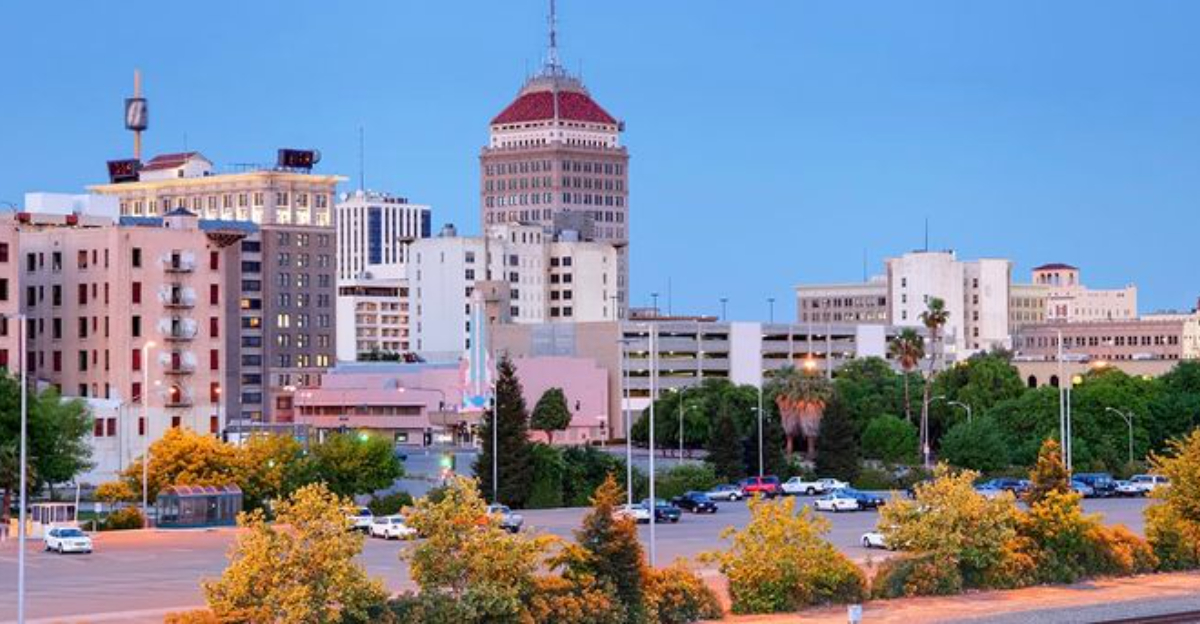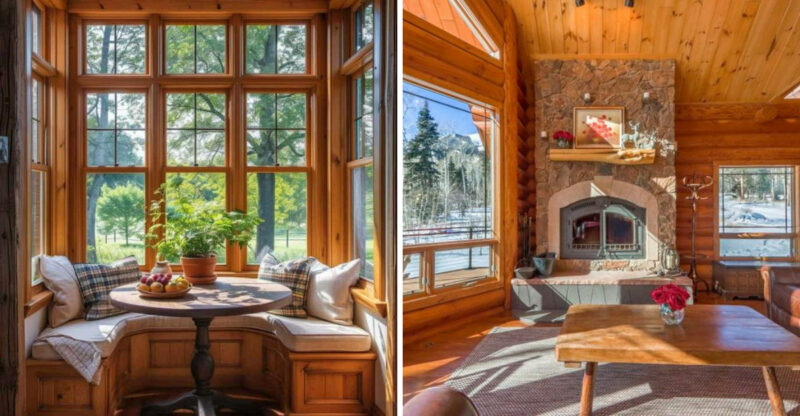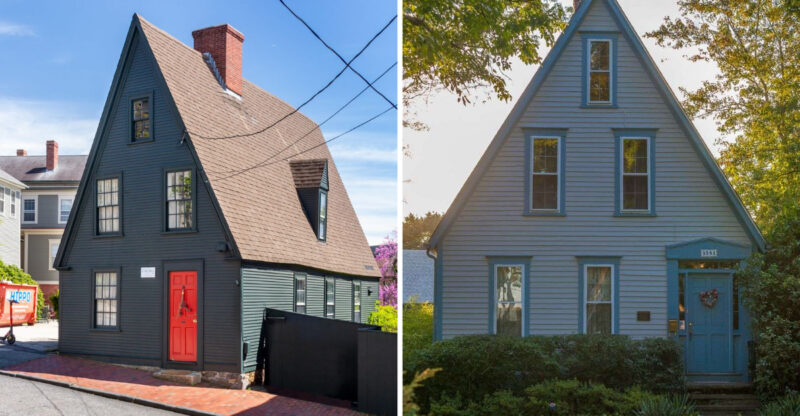The U.S. Cities With The Lowest Homeownership, See Where Miami Lands

Have you ever wondered where the American dream of homeownership remains most elusive? Across the United States, some cities have significantly lower rates of homeownership than the national average.
These urban centers often share common factors like high housing costs, competitive real estate markets, and large renter populations. Let’s explore the U.S. cities where residents are least likely to own their homes and discover where Miami stands in this ranking.
1. New York, NY: The Empire State Of Renters
If owning a home in the Big Apple seems like a fantasy, you’re not alone. The astronomical property prices here make homeownership nearly impossible for average earners.
New York’s median home values hover around $700,000, while space remains incredibly limited. Most residents opt for renting tiny apartments instead of purchasing.
The city’s homeownership rate sits at a dismal 32.5%, making it America’s rental capital. Between sky-high prices and fierce competition, the New York property ladder’s first rung remains frustratingly out of reach for most.
2. Los Angeles, CA: Hollywood Dreams, Homeowner Nightmares
How does anyone afford to buy in this sprawling metropolis? The City of Angels boasts gorgeous weather, stunning beaches, and a homeownership rate of just 36.8%.
Los Angeles real estate prices have skyrocketed beyond what most local incomes can support. The median home value exceeds $750,000, while the median household income struggles to keep pace.
Though celebrities flaunt their multimillion-dollar mansions in the hills, everyday Angelenos face a harsh reality. The widening gap between housing costs and wages keeps homeownership a distant dream for most residents.
3. San Francisco, CA: Tech Wealth And Housing Scarcity
Where else could a modest home cost over a million dollars? San Francisco’s notoriously expensive housing market has created one of America’s lowest homeownership rates at 37.6%.
The tech boom brought tremendous wealth but also priced out many long-time residents. Even highly-paid tech workers struggle to afford homes in this 7×7-mile city with a limited housing supply.
Despite earning six-figure salaries, many San Franciscans resign themselves to renting indefinitely. The combination of geographic constraints, restrictive zoning, and tech industry demand has created a perfect storm for renters.
4. San Jose, CA: Silicon Valley’s Homeownership Desert
Though it’s the heart of Silicon Valley wealth, San Jose paradoxically has one of America’s lowest homeownership rates at 39.5%. The tech industry’s success has driven housing prices to astronomical levels.
San Jose’s median home value exceeds $1.1 million, requiring incomes far above even what many tech employees earn. This creates a bizarre situation where even six-figure earners can’t afford to buy.
The city exemplifies California’s housing crisis perfectly. Despite being home to some of the world’s wealthiest companies, San Jose’s housing supply hasn’t kept pace with job growth, leaving homeownership out of reach.
5. San Diego, CA: Sunshine Tax On Homeownership
When perfect weather comes with a price tag, you get San Diego’s homeownership rate of just 41.2%. Locals joke about paying a “sunshine tax”, the premium cost of living in this coastal paradise.
San Diego combines military presence, tourism, and biotech industries, creating high demand for limited housing. The median home price hovers around $700,000, far exceeding what median household incomes can support.
Despite its sprawling geography, developable land remains scarce. Between the ocean, mountains, military bases, and protected areas, San Diego’s housing supply faces natural constraints that keep homeownership rates stubbornly low.
6. Las Vegas, NV: Gambling On Housing Recovery
This desert city might surprise you on this list, but Las Vegas still hasn’t fully recovered from the 2008 housing crash. With a homeownership rate of 42.3%, it remains dominated by renters.
Las Vegas experienced one of the worst foreclosure crises in America, turning thousands of homeowners into renters overnight. The city’s economy, heavily dependent on tourism and hospitality, offers many jobs that don’t pay enough for homeownership.
Though housing prices are more affordable than in California cities, economic instability and investor-owned properties keep homeownership rates low. Many homes are owned by out-of-state investors who rent them to locals.
7. Raleigh, NC: Growing Pains In The Research Triangle
Despite its reputation for affordability, Raleigh has experienced rapid growth that’s pushed homeownership down to 43.5%. The Research Triangle’s tech and biotech boom has attracted thousands of new residents.
Raleigh’s housing market hasn’t kept pace with its population growth. New construction focuses heavily on luxury apartments rather than affordable starter homes, skewing the market toward rentals.
Young professionals flock to the area for jobs but often can’t transition to homeownership. The combination of stagnant wages, rising prices, and insufficient housing supply has created an unexpected rental majority in this Southern city.
8. Miami, FL: Paradise At A Premium
Did you know Miami ranks eighth nationwide for lowest homeownership? With just 44.6% of residents owning homes, the Magic City exemplifies the growing divide between housing costs and local wages.
Miami’s international appeal drives property values skyward as wealthy buyers from Latin America, Europe, and the Northeast purchase second homes or investment properties. Meanwhile, local service workers earning Miami wages can’t compete.
The city’s geography compounds the problem. Surrounded by water and Everglades, Miami can’t expand outward, creating intense competition for limited housing. This perfect storm keeps homeownership frustratingly out of reach for many locals.
9. Fresno, CA: Central Valley’s Rental Paradox
Though significantly more affordable than coastal California cities, Fresno still struggles with a homeownership rate of just 45.9%. The Central Valley agricultural hub faces unique economic challenges.
Fresno’s economy relies heavily on seasonal agricultural work, creating income volatility that makes mortgage qualification difficult. The city also has higher poverty rates than the national average, putting homeownership out of reach for many residents.
While home prices are lower than in many California cities, they’ve still increased faster than local wages. This growing disconnect keeps Fresno’s homeownership rate surprisingly low despite its relative affordability within the state.
10. Austin, TX: Keeping Homeownership Weird
Once a haven of affordability, Austin’s tech boom has pushed its homeownership rate down to 47.2%. The city’s popularity has sparked bidding wars and rapidly rising prices.
Austin’s median home price has nearly doubled in the past decade, far outpacing wage growth. Tech transplants from more expensive markets like California can afford higher prices, while locals find themselves priced out.
The city’s famous “Keep Austin Weird” slogan now applies to its housing market too. Despite Texas’s reputation for affordability, Austin has become an outlier where renters increasingly dominate the landscape as homeownership slips further out of reach.






